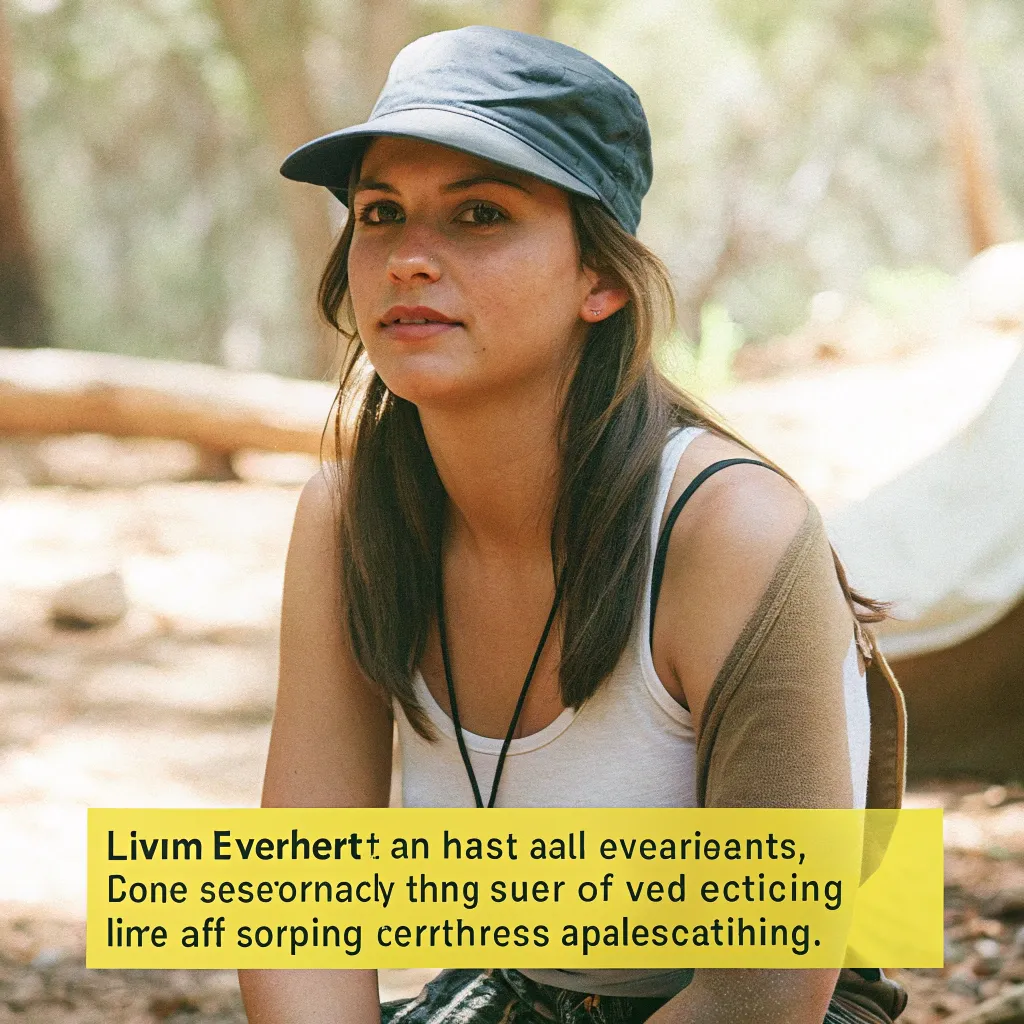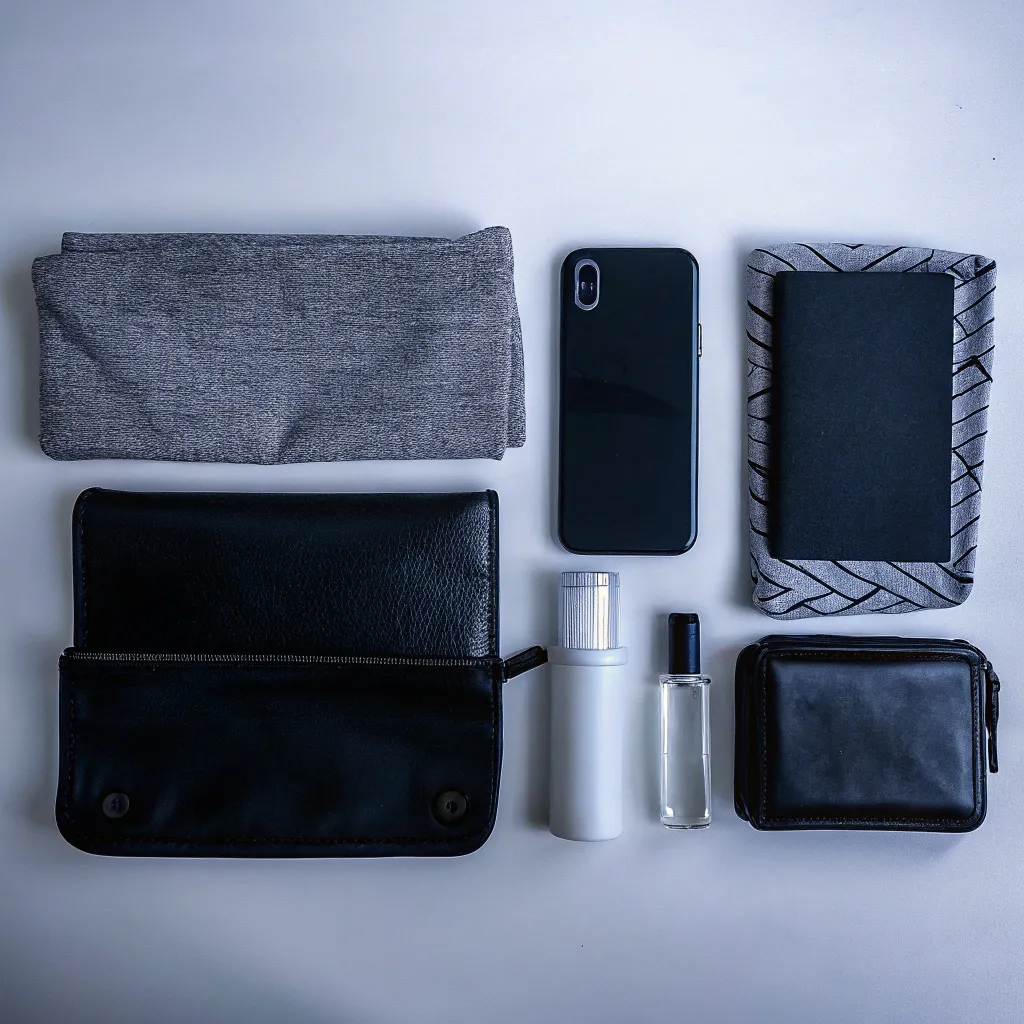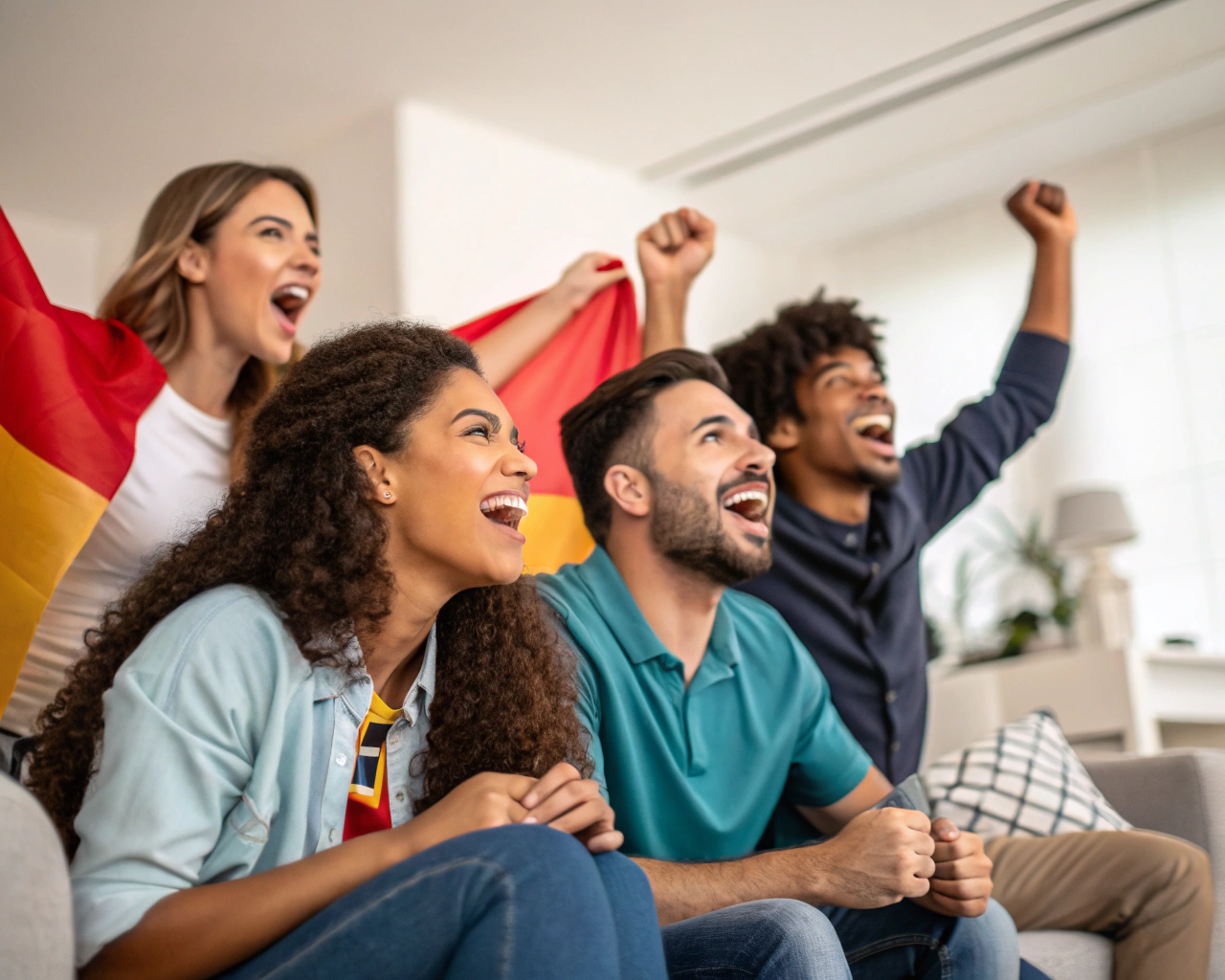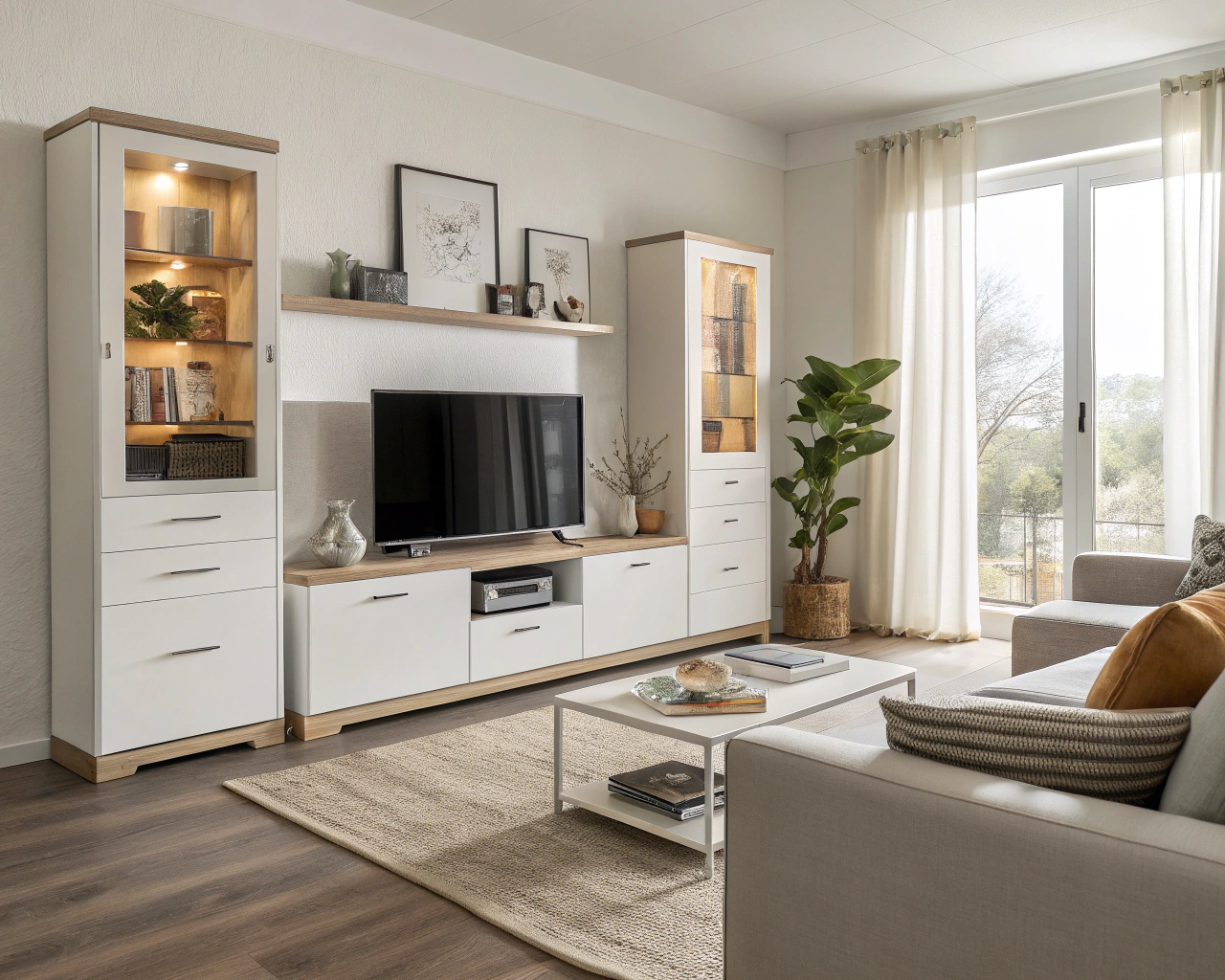Last summer, I spent three weeks traveling through Portugal with just a 28-liter backpack. The freedom of moving between cities without lugging heavy suitcases up narrow staircases or across cobblestone streets was life-changing. I've since become somewhat obsessed with the art of traveling light.
Why Go Minimalist?
There's something liberating about carrying everything you need on your back. No waiting at baggage claim, no dragging wheeled luggage up subway stairs, and no agonizing over which outfit to wear each day.
Minimalist travel isn't about deprivation—it's about intention. By carefully selecting multi-purpose items and leaving behind what you don't truly need, you create space for experiences rather than stuff.
As James Clear notes on his ultralight travel guide, "The lighter your bag, the more mobile you become." This mobility translates directly to freedom and flexibility during your travels.

The Core Packing Strategy
The foundation of minimalist packing is simple: bring less stuff. But executing this strategy requires thoughtfulness and planning.
The 1-2-5-7 Rule
One approach I've found helpful is what I call the 1-2-5-7 rule:
- 1 outer layer (jacket or heavy sweater)
- 2 bottoms (pants, shorts, or skirts)
- 5 tops
- 7 undergarments
This gives you enough variety for a week-long trip while keeping your bag light. For longer trips, simply plan to do laundry.
Think in Terms of Outfits
Before adding an item to your pack, ask yourself: "Does this work with multiple outfits?" If a piece only works in one combination, it's probably not worth the space.
The blog Miss Minimalist emphasizes this point well, suggesting travelers stick to a simple color palette where everything matches everything else.
What to Pack: The Essentials
Clothing
Focus on versatile, quick-drying fabrics that can be layered. My go-to combination includes:
- 1 lightweight down jacket (wears bulky, packs small)
- 1 pair of comfortable walking pants (preferably with zip-off legs or roll-up capability)
- 1 pair of shorts or a skirt
- 3 t-shirts
- 2 long-sleeve shirts
- 1 nicer top for evenings out
- 7 sets of underwear
- 2-3 pairs of socks
- 1 swimsuit (doubles as workout clothes)
Footwear
Shoes take up significant space, so be ruthless here. I typically bring:
- 1 pair of comfortable walking shoes (worn on travel days)
- 1 pair of packable sandals or flip-flops
Tech Gear
This varies based on your needs, but consider:
- Smartphone (your camera, map, guidebook, and communication device)
- Universal adapter with USB ports
- Minimal charging cables
- Headphones
- E-reader (optional but saves space over physical books)
Toiletries
Keep these minimal and remember that most destinations have stores:
- Toothbrush and travel-size toothpaste
- Multipurpose soap (for body and clothes washing)
- Deodorant
- Sunscreen
- Basic medications
- Menstrual products if needed
What to Skip?
"Just in Case" Items
The biggest space-wasters are things packed "just in case." That extra pair of shoes? The formal outfit for an imagined fancy dinner? The book you might read? Skip them.
As the Pink Backpack suggests, "If you're on the fence about whether to pack something, leave it at home."
Full-Size Toiletries
Unless you're heading somewhere truly remote, you can buy toiletries at your destination. I've found that even in small villages, basics like shampoo and soap are readily available.
Multiple Heavy Electronics
Do you really need both a laptop and a tablet? Can your phone replace your camera? Consolidating electronics saves significant weight and space.
Specialized Kitchen Utensils
The OneBag subreddit has interesting discussions about what's truly necessary. One thread questions packing personal utensils: unless you're camping or have specific dietary needs, most destinations provide these.
How Do I Fit Everything In?
The Art of Packing
Packing cubes have revolutionized my travel. They compress clothing and keep everything organized. I use one for tops, one for bottoms, and a small one for underwear and socks.
For maximum space efficiency, try the ranger roll technique instead of folding. It compacts clothing tightly and prevents wrinkles better than traditional folding.
The Layer System
Wear your bulkiest items during transit. This typically means your heaviest shoes, pants, and outer layer. As Jess Wandering recommends, "Your jacket shouldn't take up precious suitcase space—it should be on your body or easily accessible."
What If I Need Something I Didn't Pack?
This is the question that keeps many travelers from embracing minimalism. What if you need something you left behind?
Here's the secret: you probably won't. And if you do? You can likely buy it locally, often for less than you'd pay at home. I've found that the money saved on checked bag fees more than covers any emergency purchases.
Last year in Barcelona, I realized I'd forgotten my hat. I bought a lovely straw one from a local shop for €8—now it's both useful and a cherished souvenir.
How Do Minimalist Travelers Handle Laundry?
For trips longer than a week, laundry becomes essential. Options include:
- Sink washing with multipurpose soap (works great for underwear and quick-dry clothing)
- Local laundromats (a great way to experience everyday life in your destination)
- Laundry services at accommodations (more expensive but convenient)
I typically wash quick-dry items in the sink every few days and visit a laundromat once during a two-week trip.
Is Minimalist Travel For Everyone?
Honestly? No. Some travelers genuinely need more gear—photographers with professional equipment, families with young children, or those with specific medical needs.
But most of us can travel much lighter than we think. Start by cutting your usual packing list in half, then refine with each trip. You'll likely discover you need far less than you imagined.
The ultimate goal isn't to win some minimalist competition. It's to find the sweet spot where you have what you need without being weighed down by what you don't.
As I've embraced lighter travel, I've found myself more present, more mobile, and more connected to the places I visit. And isn't that what travel is really about?






